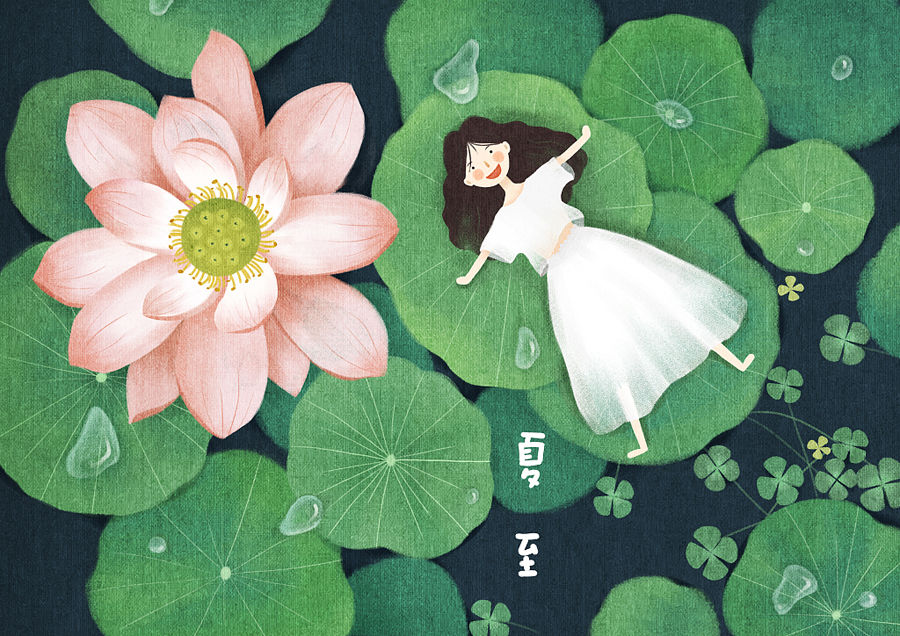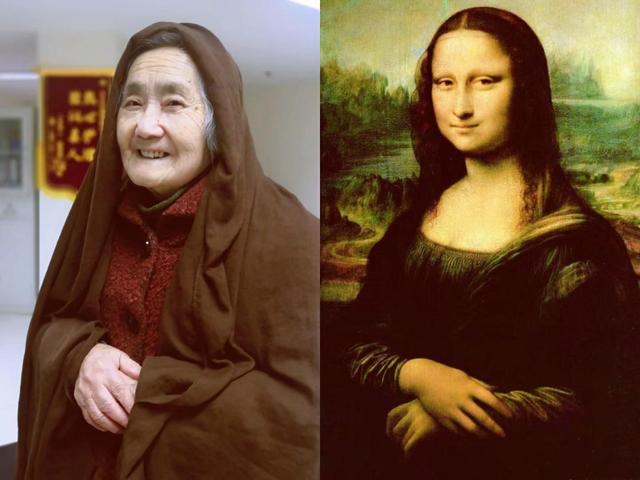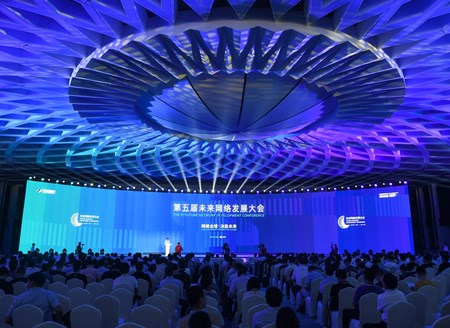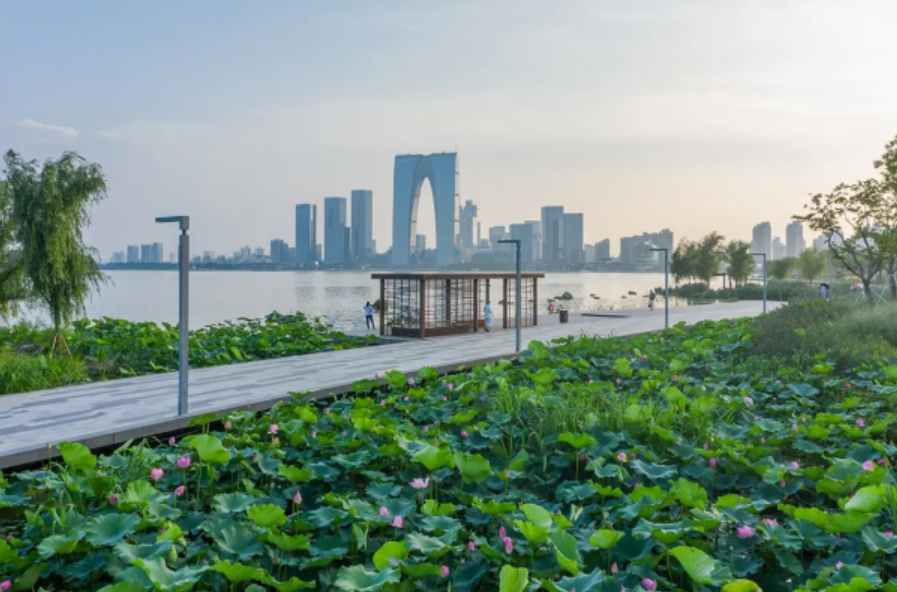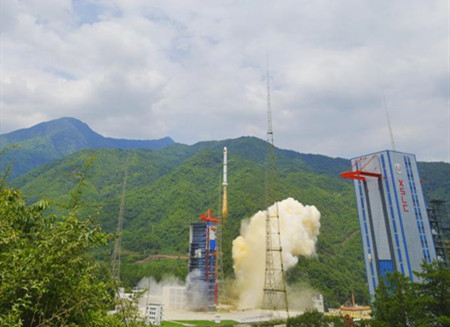East China’s Jiangsu province has innovated technological means to bring traditional culture to life and radiate infinite vitality, in order to effectively protect and spread the long-standing traditional culture.
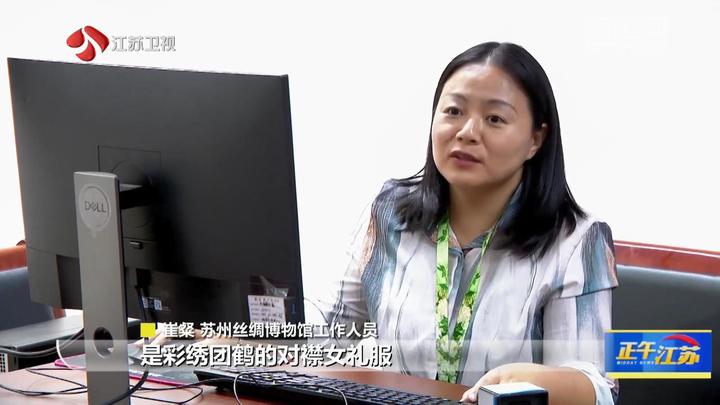
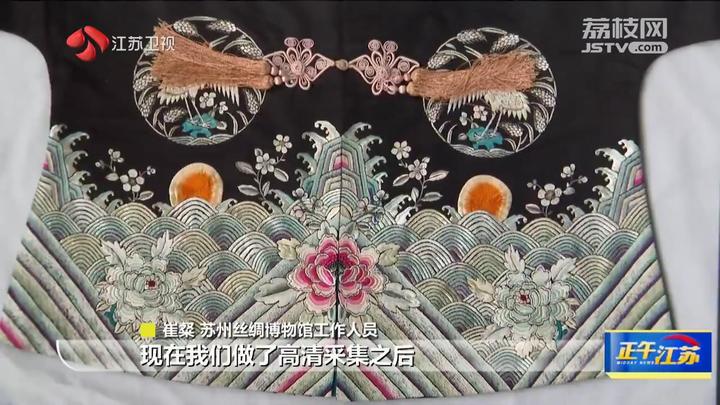
“This is a third-grade cultural relic in our collection. The embroidered double breasted women's dress was produced during the Republic of China period. After making high-definition collection, we can clearly see the direction of its embroidery thread,” said Cui Can, a staff of Suzhou Silk Museum.
Through a digital weaving machine, the interactive experience device, tourists can choose different patterns, experience the production techniques of ancient weaving machines, and personally experience the joy of weaving and the charm of patterns.
During the Ming and Qing dynasties, Suzhou led the fashion trend with silk clothing and patterns, and thereby had a strong cultural output. Based on the collection of ancient silk artifacts and modern silk samples, the Suzhou Silk Museum has developed and constructed a silk pattern database to empower public cultural construction and socio-economic development through digital means.
The "Silk Pattern Digital Standards and Database Construction" contributed by Suzhou Silk Museum was recently selected by the Ministry of Culture and Tourism in the list of national cultural and tourism technology innovation research and development projects for 2023.
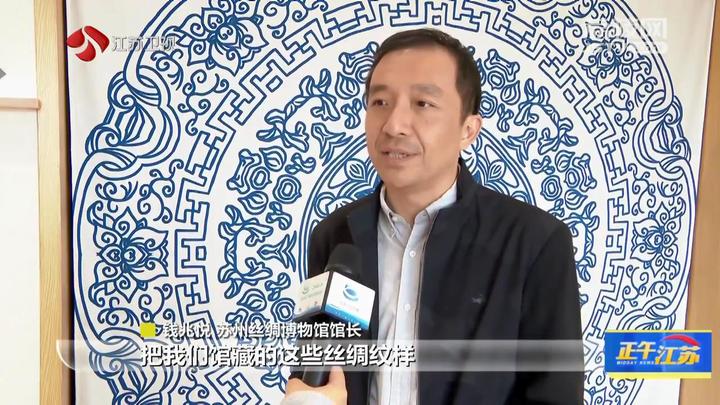
“Our ultimate goal is to enable the comprehensive digital collection, storage, and reconstruction of these silk patterns in our collection, in order to unleash their new role in contemporary times,” said Qian Zhaoyue, Director of Suzhou Silk Museum.
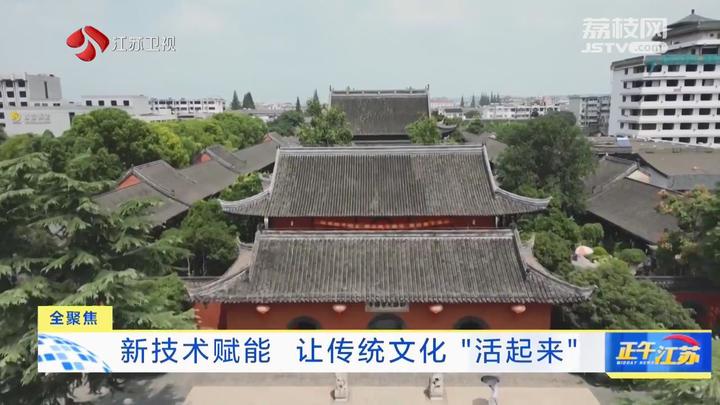
Yangzhou has recently started construction of the Shuangning Canal World Heritage Park. Tianning Temple tops the "Eight Ancient Temples" in Yangzhou during the Qing Dynasty, echoing the Chongning Temple and forming a larger existing ancient architectural complex in the urban area of Yangzhou.
In the future, the Shuangning Canal World Heritage Park will employ modern acoustic and optoelectronic methods to perform real-life demonstrations, scene restoration, immersive performances, and other unique resource advantages such as ancient architecture and intangible cultural heritage, as well as cultural endowments, to jointly explore, protect, and inherit historical and cultural heritage.
